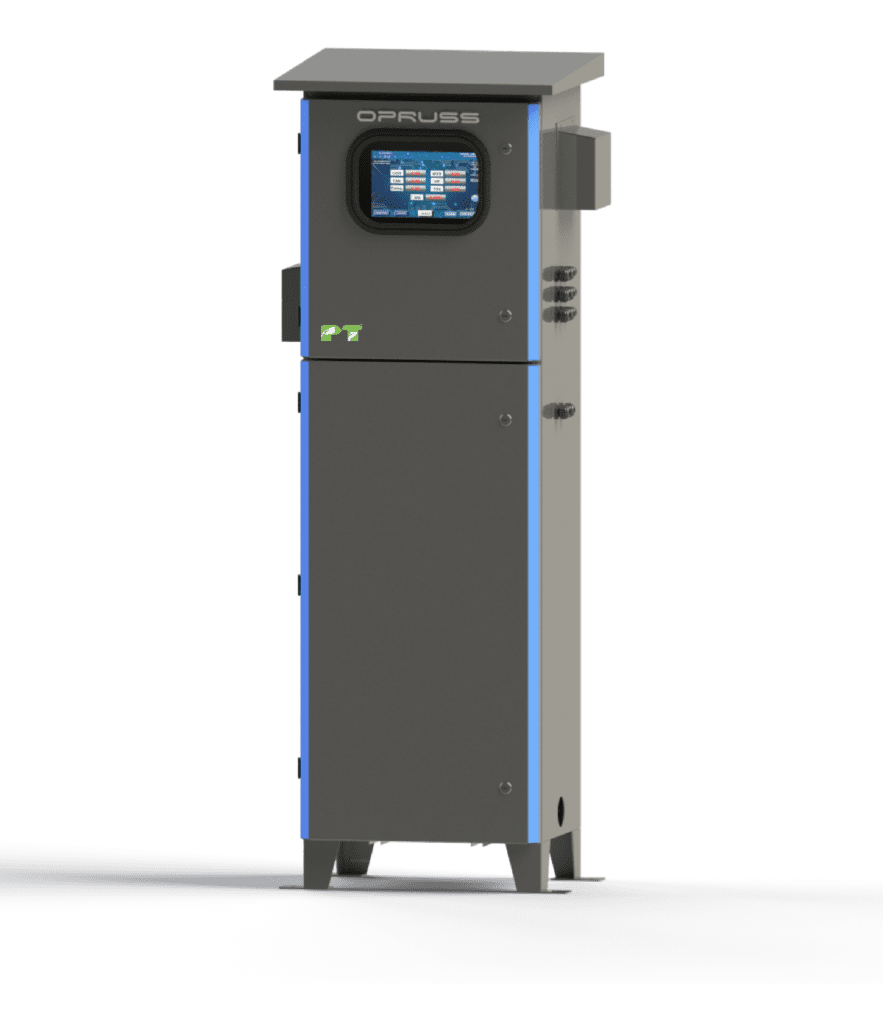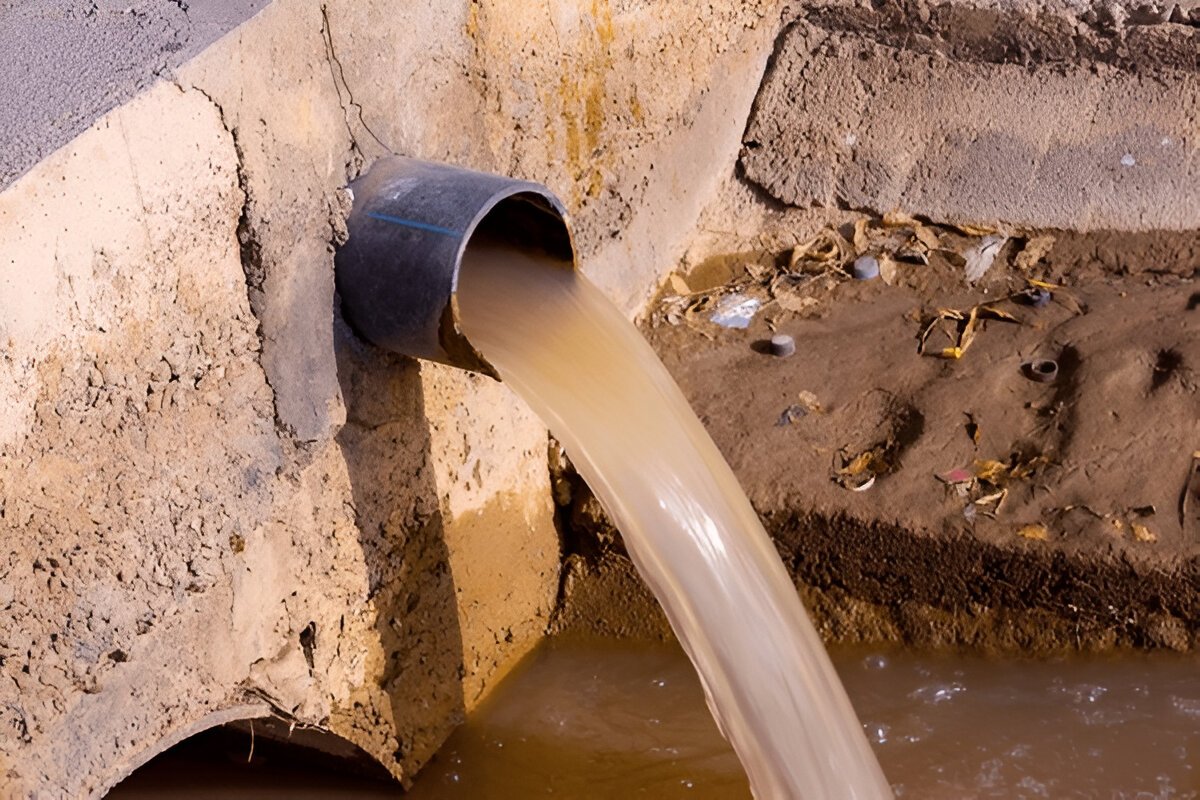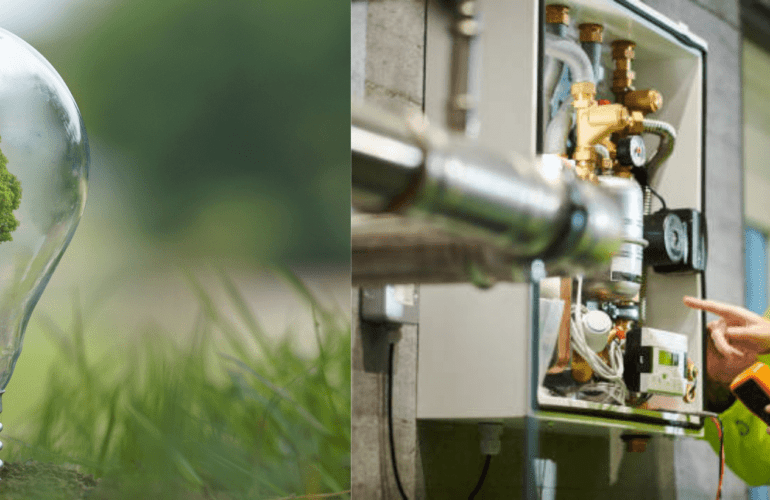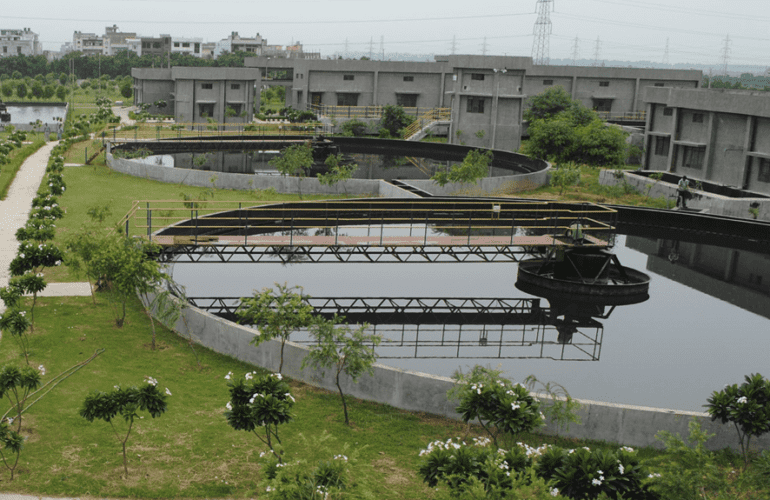India’s regulatory landscape is rapidly tightening around water pollution control, hence businesses must aggressively track their wastewater output. Online Continuous Effluent Monitoring Systems (OCEMS) are currently mandated by the Central Pollution Control Board (CPCB) and State Pollution Control Boards (SPCBs) for highly polluting sectors. This guarantees environmental compliance and guards your operations against financial, legal, and reputational hazards as well. In this blog, we explore OCEMS in detail—its importance, regulatory guidelines, core parameters, and how PT Ecological’s solution stands out.
OCEMS: Water Pollution Monitoring System
Importance of OCEMS
An important environmental problem influencing ecosystems and human health is water pollution. Identification of contaminants and prevention of contamination depend on a knowledge of water quality. Effective tracking of water quality made possible by our Water Pollution Monitoring System (OCEMS) guarantees the safety of water supplies and regulatory compliance.
Stay Compliant. Stay Ahead.
By allowing businesses to track wastewater discharge in real-time, our OCEMS (Online Continuous Effluent Monitoring System) helps to guarantee compliance with rules established by State Pollution Control Boards (SPCBs) and the Central Pollution Control Board (CPCB). Considering Indian weather conditions and system use, our plug-and-play effluent monitoring solutions let you stay compliant, avoid penalties, and maintain environmental integrity—all while in pharmaceuticals, textiles, food processing, or manufacturing.
OCEMS Guidelines for Online Continuous Effluent Monitoring System (as per CPCB)

Industries with significant pollution potential have to establish Online Continuous Effluent Monitoring Systems (OCEMS) or real-time monitoring and regulatory compliance per CPCB rules dated 10th July 2018.
Key Points:
- Mandatory for highly polluting industries and CETPs.
- Monitor pH, BOD, COD, TSS, TDS, Ammoniacal Nitrogen, Flow, etc.
- Install OCEMS at the final discharge outlet after treatment.
- Transmit Data live to CPCB and SPCBs via a secure network.
- Calibrate analyzers at least once every six months.
- Audit annually by CPCB/SPCB-approved third-party agencies.
- Use Certified Instruments (TUV, MCERTS, USEPA, or equivalent).
- Industry Responsible for installation, operation, and data integrity.
- Non-Compliance may lead to penalties or closure action
Why Choose PT Ecological Services?
Reliable water pollution monitoring solution is provided by PT Ecological Services. Having more than 15 years of environmental management expertise, our committed staff offers complete answers for environmental compliance and sustainable development. Our Water Pollution Monitoring System (OCEMS) is made to provide accurate findings, therefore encouraging sensible water resource management.
Critical Parameters That Affect Water Quality
- COD/BOD/TSS
- TDS
- NITRITE
- MLSS
- FLOW
- OIL IN WATER
- CONDUCTIVITY
- CDOM/FDOM
- pH
- NH4N
- SALINITY
- CHLOROPHYLL A & B
- DO
- NITRATE
- COLOR
- BLUE GREEN ALGAE
Problems Solved by OCEMS
- Lack of real-time pollutant discharge data
- Manual monitoring delays & human error
- Limited transparency in pollution control
- Regulatory blind spots due to infrequent inspections
- Difficulty in identifying non-compliant units
- Complex, time-consuming lab sampling methods
Where is OCEMS Applicable?
17 Categories of Highly Polluting Industries: Pulp & Paper, Distilleries, Sugar, Tanneries, Power Plants, Iron & Steel, Cement, Oil Refineries, Fertilizers, Chlor-Alkali, Dyes, Pesticides, Zinc, Copper, Aluminum, Petrochemicals, Pharmaceuticals
Other Mandatory Units:
- CETPs (Common Effluent Treatment Plants)
- STPs (Sewage Treatment Plants)
- Bio-Medical Waste Incinerators
- Hazardous Waste Incinerators
- Industries using boilers (MoEF&CC G.S.R. 96(E), 2018)
How It Works: OCMS’s 3-Step Flow
- The first step is smart sensing and sampling. The OPRUSS OPM 300 pulls ETP/STP outlet effluent. Smart sensors pick up real-time pH, COD, BOD, TSS, and more readings.
- Second: Data Validation and Analysis Internal calibration logic is used in data analysis under built-in validation to provide fault tolerance and great accuracy.
- Step 3: Real-time reporting Processed data travels via cloud to SPCB/CPCB servers. This guarantees real-time operator and regulator view as well as regulatory compliance.
Why should one choose the OCEMS of PT Ecological?
- Calibrated and CPCB-compliant
- Strong and Tamper- Proof Architecture
- 24×7 Remote Surveillance
- Real-Time Access Made Possible via Cloud Computing
- Custom Dashboards & Analytics
- Direct SPCB or CPCB Server Integration
- Professional AMC Installation, Training & Tools
- Designed for Tough Industrial Settings
Advantages
- Real-Time Compliance Surveillance
- Quick Alerts for Improved Management
- Open Documentation and CSR Value
- Remote Access anywhere, at any moment.
- Historical Information for Analysis of Trends
- Minimal Manual Inspections
- Enhanced Operational Success
Ready to future-proof your compliance? Offering an end-to–end OCEMS solution that satisfies CPCB requirements, resists demanding industrial conditions, and delivers 24×7 real-time monitoring, PT Ecological Services offers Whether your business runs an ETP, STP, high-pollution industry, or another, our tamper-proof, cloud-enabled technology maintains one step ahead of compliance.




